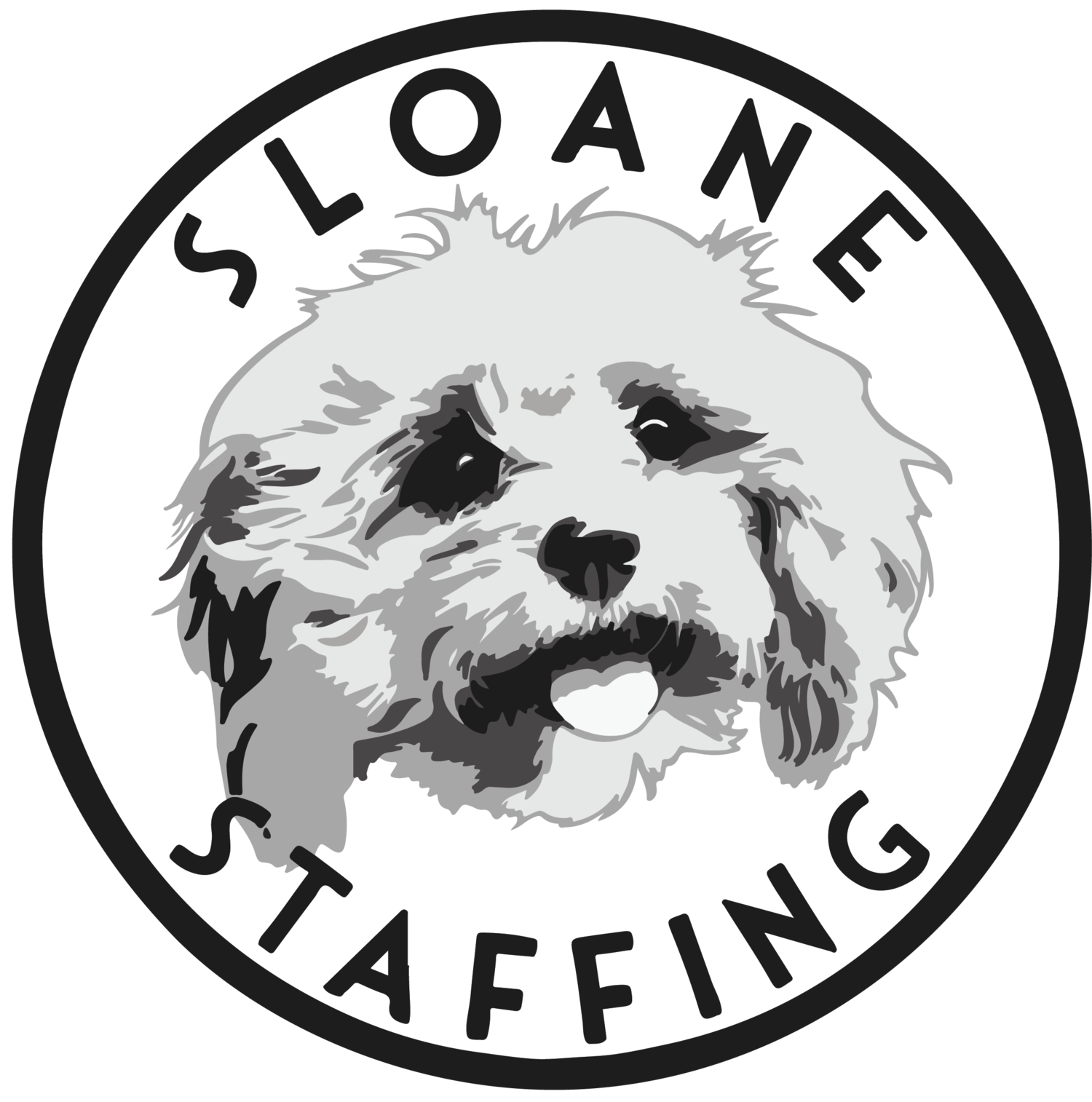The Top Five SaaS Sales Trends To Watch Out For In 2022
When efficiency is key, and scalability and reliability are required, SaaS platforms step up as the go-to solution.
As 5G spreads its wings, and enterprises continue their digital transformation and cloud integration, digital connectedness and marketing outreach will only benefit from more multi-channel touch points with users, brands, and customers. SaaS sales will be at the vanguard of this move to the digital, opening doors to new users and revolutionizing workplaces one integration at a time.
2022 is tracking to be a benchmark year for SaaS sales. Industry 5.0 is on the cusp of being realized across multiple markets, and the only going effects of COVID-19 on industries such as logistics, healthcare, travel and tourism are slowly reducing.
So what next for our SaaS sales stalwarts? Here are the top 5 SaaS sales trends to watch out for in 2022.
Verticality
“Don’t confuse “niche market” with “too small to be worth your while”...the great thing about SaaS is it’s dirt cheap compared to building software from scratch…Which is leading many people to ditch one-size-fits-all solutions. Instead, they’re turning to micro-SaaS products that meet their very specific use cases”.
Vertical SaaS is hyper-targeted niche software, delivered to unique sectors. However you refer to it - micro-SaaS products, vertical SaaS - the effect is the same: new sectors benefiting from very specific SaaS solutions to very specific sector issues.
This is SaaS-as-Solutions, writ niche. And this type of software is exploding into new marketers seemingly daily. Vertical SaaS may not overtake more horizontal, catch-all SaaS software needs or requirements - and that industry will increasingly be in-demand for all manner of businesses - but as companies realize an all-in-one solution could be better (and as plug-and-play pricing pushes people away from those models, verticality will rule.
AI Integration
Consider the following two quotes from Saasindustry.com:
“Companies have a wealth of information on their products, customers, and interactions between them. Machine learning systems that tap into those sources can adapt to new situations as they arise, learning from data in real-time”,
“By helping organizations improve consumer experiences, make better business decisions, decrease costs, boost productivity, and accelerate time to value, AI…may help them address difficult business issues with more simplicity and speed”.
The future of SaaS sales will not be dominated by AI, but it will most certainly be augmented by it.
As the above quotes allude to, AI can provide enormous ROI and improve customer interactions, relationships, revenue and more, but not at the loss of the human, “(AI) is meant to mimic human power and outperform it in terms of accuracy across all existing business processes”. Consider AI a means to help SaaS sales into more efficient, targeted ends.
Content Rules
Sales is marketing, marketing is Sales. If SaaS sales operatives are not totally and completely aligned with marketing, there will be no narrative to sell, no product story to tell.
In this regard, consider the new rule of marketing - that content is king and content rules - a metaphor for how to approach SaaS sales. Do not consider the role a series of KPI-focused tasks.
Remember to tell a story; to engage your audience through purpose and meaning, not profit; to be consistent across communications and multi-channel in direction; to use your platform to educate people, and to provide thought leadership.
Remember, sales is still an emotional interaction, even in digital dominated environments like SaaS. Your solution still has to inspire people. Learn to engage it!
Create more relevance with pricing
Echoing the rise of vertical SaaS integration is the rise of more relevant pricing options for SaaS products. Sales professionals have to be incredibly aware of rapid market movements in regards to pricing, packaging, user-pricing and expectations around their competition. It’s worth pulling up some top-line figures regarding SaaS price methodology:
According to Devsquad:
38% of SaaS businesses charge based on usage so customers are only charged when they use the service or product,
40% of companies take a value-based approach and set prices based on the value consumers to perceive the service or product to have,
50% of SaaS companies choose user-based pricing where customers are charged per number of users.
Which method works for your brand? Now learn how to sell it!
Personality Rules
Consider another leading fact from Devsquad:
Sales teams making the sales process, tools and software more personal are converting more leads,
Leads that speak with a sales representative on the phone are 70% more likely to become paying customers.
For all the digital wizardry, sales are still a brokered arrangement between two people. In our increasingly digital, robotic, and the screen-based world, a little bit of human goes a long way.

